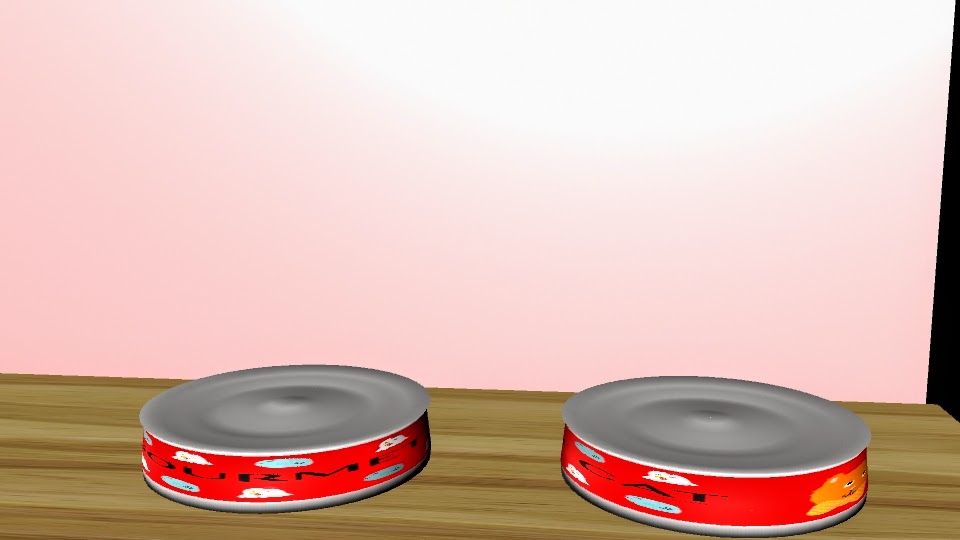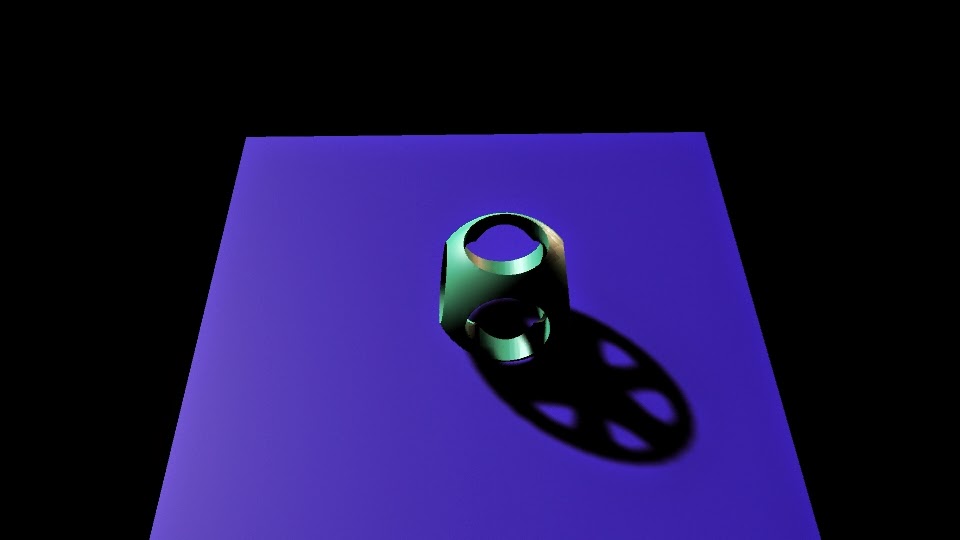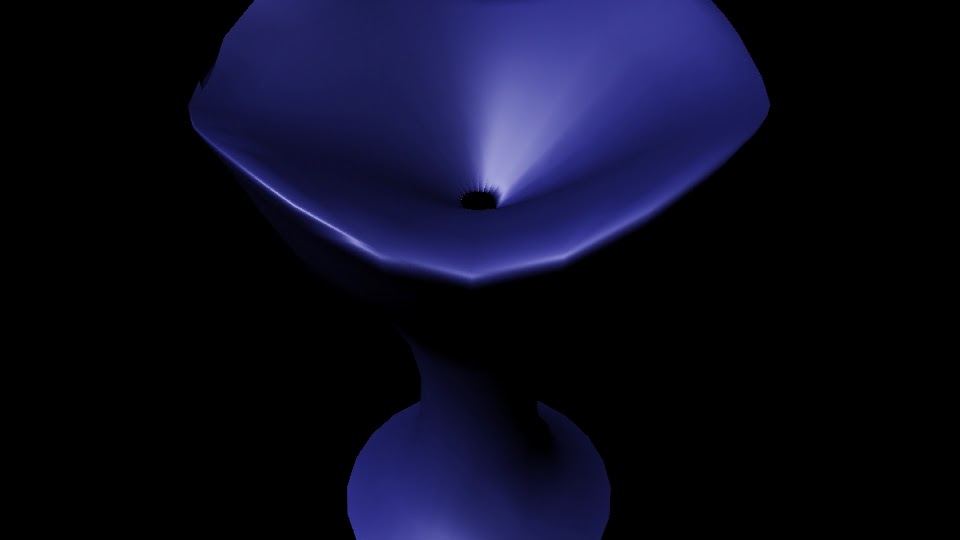The Kinetic Typography; A Scarce Resource.
Danielle Sleigh
_____________________________________________________________________
Summary
I've created a kinetic typography for 7 Nation Army by The White Stripes. The character I used in this animation is named Hitomi Shiga, and the animation is about her struggle through her job. I fit the color scheme of the video with the character.
Story Boarding
Because of the story requiring lots of text, I typed out the lyrics on a word document, and just put them in the video section under the visuals. Also, instead of drawing everything out, I labeled each visual image I used with a letter and put said letter on the story board instead of a drawing. Some of the visuals had two parts, and some were used more than once. Untimely, this was not how I made my animation, but it was nice to have a point of reference. My goal was to get a good looking typography, and a steady verse animated. I think I was able to do that.Making The Visuals
To start out, I sketched the visuals I planned to use, and labeled them for the purpose of my story board. I think the image I spend the most time on was the first visual. I used a few references to figure out how to draw a person from the back. After I got everything drawn out, I scanned them in the computer so I could make them on Photoshop. I made them as vector graphics, using the pen tool. Originally, I made the letter A image with the band connected to the rest of the image, but I changed something in my animation to make it visual that the band was getting ripped off her arm, so I took the band off her arm in the graphic by cutting it from the image and adding what was missing from the arm. I cut a few of the images because I did change the story board, and they could be a little hard to do as a vector graphic. I tried to keep simplistic, because I enjoy the look, and it would also look better in theanimation and with the font. The font I used is called Red Out. As a part of the visuals, it looks sleek and fits with the visuals and the song. The hardest part of making the visuals was the hat, I think. Both front and back had to be shown at one point. I had to use a few references; they were actually kind of hard to find. I based the character’s color scheme off of a school uniform with a coat. The band represents a disciplinary committee band to prove she is in fact in said committee.
Setting up the Project
Animation time!
Getting to know After Effects and Your Workspace
Your Best Friend is the Hide Button
Syncing Text to Audio
When you are messing with the text (making it move, warp, ect.) you create key frames to signify change. A very simple way to make sure you have text synced with the song is to listen. You want your word to be fully visible and finished changing by the time they finish saying the word in the music or speech. When it comes to music, if you have text that is not sung, then you want to line it up to a beat. You can open up your audio wavelengths really simply. Line up your scrubber with the major bumps in the audio, which is where you will find a consistent beat that works to sync your words to.
The Finished Product
After about 120 hours give or take, I finished my typography. The biggest challenge was not getting the music or putting things in, but the timing and just the appearance of the next and its alignment. I really enjoyed making this typography, even with the stress it caused. It was really fun to tell the story through words, and play with the way words could come in. The most annoying thing about the typography was listening to the song 20 times an hour. If you are going to make a typography, keep that in mind.
































